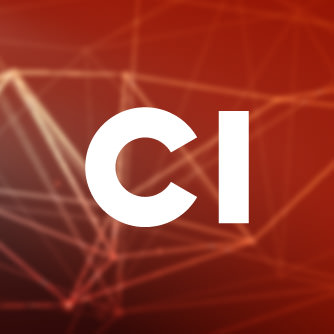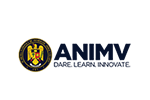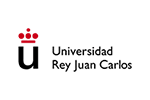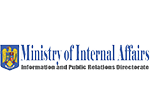Credits
- MOOC coordinators Manuel Gértrudix Barrio & Rubén Arcos Martín
- Content written by Cristina Ivan
- Multimedia design by Alejandro Carbonell Alcocer
- Visual Identity by Juan Romero Luis
How to fight fake news?
Disinformation/propaganda analysis: Identifying and exposing hostile information influencing
Expose information
- What is implied beyond the presentation of facts?
- Which implications are emphasized and which are given less or no attention
Factcheck the source
- Where has the story originated? Which site?
- How credible is the primary source?
- Who took it over and how it got into the mainstream media?
Factcheck the content
- Can data be checked? Are they true? Are they plausible?
- Can facts be checked from other sources? Are they true?
- Examples: EU vs. Dininsformation - exposes disinformation, Stopfake - exposes disinformation, Data Commons
Use of plug-ins
- Remember that plug-ins, like FakesKiller, help not only detecting content of propaganda and disinformation operations, but also aims to bring fact checkers together, uses content produced only by verified and well-established fact checkers, provides them a platform to expose fake fact checking organizations
Encourage social media
- Involve social media platforms and tech companies to take consistent action to timely identify and ban disinformation spreading accounts
Build grassroots citizen defense
- There are a number of tools that allow citizens better their skills in self-protection against disinformation operations. These include videogames, platforms developed to detect and track trollbots, collaborative checking, gamified formats that build skills in identifying false Information, digital image forensics tools that allow for clone detection.
Methodology and Resources
- Allen, M. (2004). Smart Thinking. Skills for critical understadnig and writing . Oxford University Press.
- Aro, J. (2016). The cyber-space war: propaganda and trolling as warfare tools. European view, 121-132. doi:10.1007/s12290-016-0395-5
- Desai, N., Pineda, A., Runquist, M., & Fusunyan, M. (2010). Torture at times: waterboarding in the media. Joan Shorenstein, Center on the Press, Politics, and Public Policy, Harvard Student Paper. Obtenido de Nrs hardvard
- Edward, H., & Chomsky, N. (s.f.). A Propaganda Model. En H. Edward, & N. Chomsky, Manufacturing Consent.
- European Commission . (s.f.). Obtenido de Ec.Europa
- Foresman, G. A., Fosl, P. S., & Watson, J. C. (2017). The Critical Thnking Toolkit . Wiley Blackwell.
- Gambrill, E., & Gibbs, L. (2009). Critical Thinking for Helping Professionals, A skills based workbook. Oxford University Press.
- Hinchchliffe, T. (January de 2020). Exposing echo chambers to eradicate the plague of propaganda. The Sociable. Obtenido de Sociable.co
- Ivan, C. (2017). Conflict hibrid, propaganda si dezinformare - obiectiv strategic al Federatiei Ruse în vecinatatea apropiată și îndepărtată. Romanian INtelligence Studies Review(17-18), 7-15.
- Lenin, V. (2018). V. I. Lenin, Lessons of the Moscow Uprising. Obtenido de Marxists
- Lies, Damn Lies, Alternative Facts, Fake News, Propaganda, Pinocchios, Pants, on Fire, Disinformation, Misinformation,Post-Truth, Data, and Statistics. (2018). En R. N. Spicer, Free Speech and False Speech. doi:https://doi.org/10.1007/978-3-319-69820-5_1
- Martin, L. J. (2010). Dinsinformation: an instrumentality in the propaganda arsenal. Political Communication, 47-64.
- Paul, R., & Elder, L. (2006). How to detect media bias & propaganda in national and world news . The Foundation for Critical Thinking .
- Paul, R., & Elder, L. (2014). Critical Thinking: Tools for Taking Charge of Your Professional and Personal Life. New Jersey: Pearson Education .






